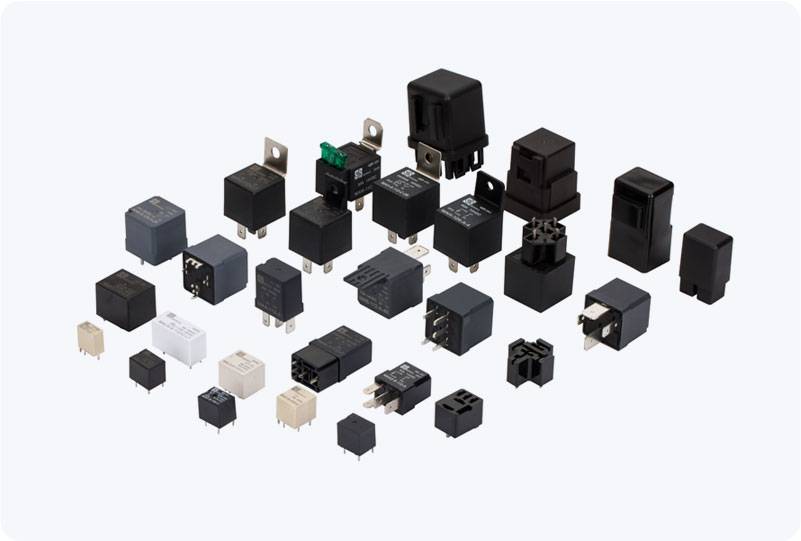power distribution relay: essential component for efficient power management
Release time:2025-07-23 02:37:40
A Power Distribution Relay (PDR) is an integral component in electrical power systems, playing a critical role in ensuring efficient and reliable distribution of electricity. These relays are designed to detect faults in power lines and circuits, disconnecting the faulty section to prevent damage and maintain the stability of the system. In this article, we will explore the function, types, and significance of Power Distribution Relays in modern electrical grids, highlighting their importance in safeguarding power systems.

Function of Power Distribution Relays
Power Distribution Relays are designed to protect electrical distribution networks from various faults, such as short circuits, overloads, and ground faults. When a fault occurs in a power distribution system, it can cause significant damage to equipment and disrupt the supply of electricity to consumers. PDRs work by monitoring the electrical current and voltage levels in a circuit. When they detect abnormalities that indicate a fault, they trigger a switch to disconnect the affected section of the network, preventing further damage and restoring stability to the overall system.

